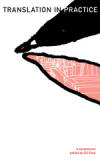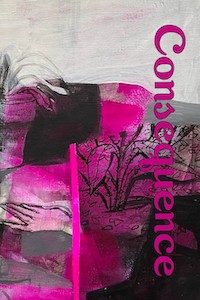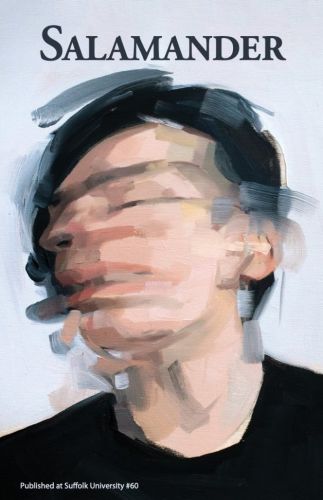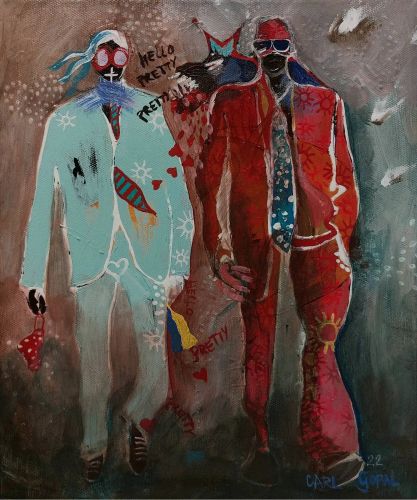Motoko Rich in “Translation Is Foreign to U.S. Publishers,” in the New York Times last year, claimed that U.S. editors “are generally more likely to bid on other hyped American or British titles than to look for new literature in the international halls.” There are exceptions of course, like Graywolf Press and Archipelago Books, as well as university presses like Open Letter at the University of Rochester. And there’s Dalkey Archive Press, an avatar of publishing works-in-translation, boasting titles from many sorely underrepresented countries. And with their new book Translation in Practice: A Symposium, Dalkey is the trailblazer once again.
Motoko Rich in “Translation Is Foreign to U.S. Publishers,” in the New York Times last year, claimed that U.S. editors “are generally more likely to bid on other hyped American or British titles than to look for new literature in the international halls.” There are exceptions of course, like Graywolf Press and Archipelago Books, as well as university presses like Open Letter at the University of Rochester. And there’s Dalkey Archive Press, an avatar of publishing works-in-translation, boasting titles from many sorely underrepresented countries. And with their new book Translation in Practice: A Symposium, Dalkey is the trailblazer once again.
Translation in Practice is a handbook derived from a one-day symposium at the British Council in London addressing the topic of editing works-in-translation. It’s a “collection of summaries, suggestions, and instructions” from editors, translators, and publishers on “best practices.” Amanda Hopkinson claims in her preface that “anyone who wishes to know more about the path from foreign original to target translation, and who further wishes for it to be as straight as possible, will find this handbook is a vital and stimulating requirement.” Insightful as it is instructive, and written in a straightforward yet fluid style, it’s the perfect primer for potential translators as well as practicing professionals.
Dispelling the notion that translators are mere technicians who coldly convert one language into another, Translation in Practice reveals how the task of translating literary fiction is multidimensional and demands massive levels of not only craft but invention and creativity. Translators must “recreate” an existing “work of art sensitively and seamlessly in such a way that it is true to the original, as well as being equally enchanting, poetic and perceptive.”
The first chapter breaks down the process of matching book and translator, no small task as it involves not only sensitivity to “the style of the original book,” but an ability to “see beneath the words to make sense of the ideas,” a “deep understanding of the culture from which the book derives and is set, as well as the appropriate level of intellect to translate ideas, thoughts, and theories, along with the words.” For those unacquainted with the varying ways translators are selected, this chapter succeeds in demystifying the process.
“Translation Contracts” gets into the nitty-gritty of royalties and publisher considerations like timing, publicity, etc. “Establishing Boundaries” provides further definition of roles, parameters, boundaries of author, translator, and editors with emphasis on style sheets, research, and schedules. “Translation Problems and Solutions” details the distinctive roles of the translator, the challenges he or she faces like finding the right title, for “[l]iteral translations of titles will often fail to grab the audience for the book.” Translators may be challenged to interpret a book written in a stylized language, or that includes regional dialects with “rhythms and patterns” that need to be incorporated, or may have expletives, colloquialisms, humor, and “untranslatable words and culture-specific references,” requiring the translator to come up with a style that suits its particularity. This chapter also helpfully provides a bullet-form summary of the translator’s role.
In “The Editing Process,” another helpful chapter, Roz Schwartz posits that the most important quality in an editor is empathy and that “matching the editor to the book and the translator is as important as matching the translator to the book,” and that “‘[a] good editor is like a midwife – he or she helps bring forth that perfectly formed translation that is inside you but doesn’t necessarily emerge unaided.’” Once again, Translation in Practice offers clarification, demystification, and also ways to improve existing relationships and agreements.
While one may easily question Horace Engdahl’s notion that “you can’t get away from the fact that Europe still is the center of the literary world,” it’s hard to argue with his rather tame pronouncement that “[t]he U.S. is too isolated, too insular. They don’t translate enough and don’t really participate in the big dialogue of literature.” With the resistance Americans have to reading works-in-translation, it’s hard to believe that this statement could be considered provocative, could make such waves. American publishers will often forego publishing a translator’s name on a book cover as it immediately affects sales. It’s similar to the way Americans will not see a subtitled film, for as someone once rather startlingly said to me, “Who wants to go to the movies to read?”
Translation in Practice is an excellent contribution to the dialogue of this oft-neglected subject (at least in the United States). It successfully addresses the manifold challenges of translating literary fiction. It offers countless insightful kernels to bring back to the writing desk and office. While “intended as an introduction” to this dialogue, it certainly serves as a means of helping keep prospective translators, editors, and publishers, not to mention readers, from being lost in translation.





